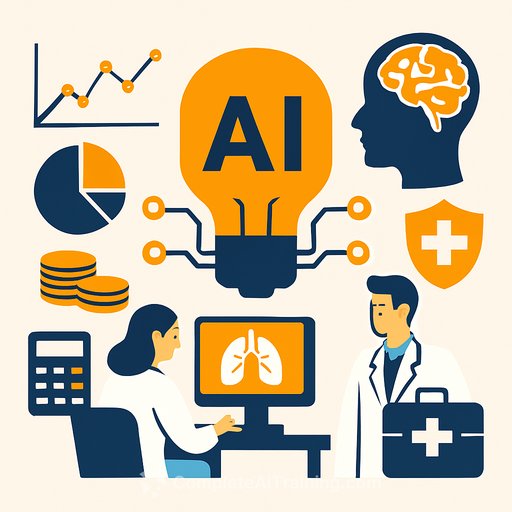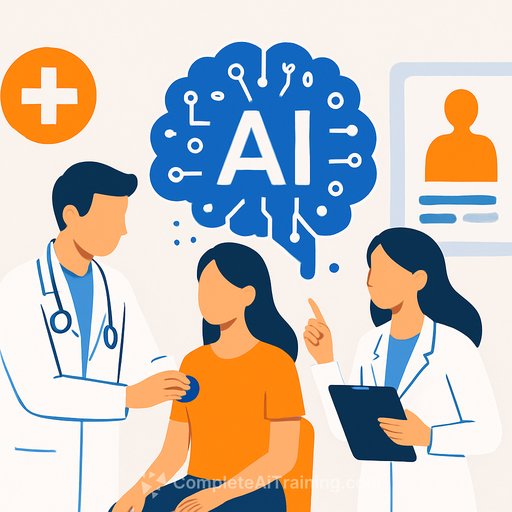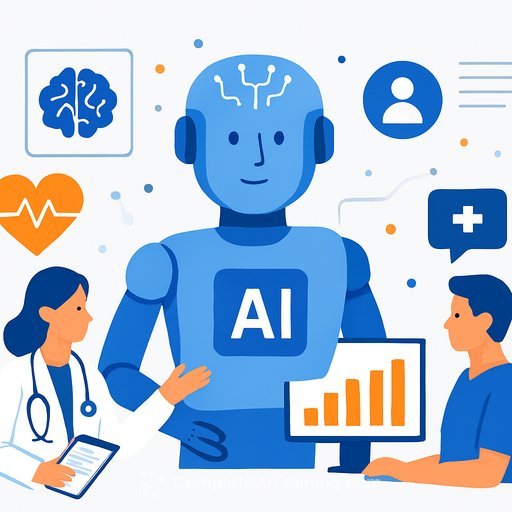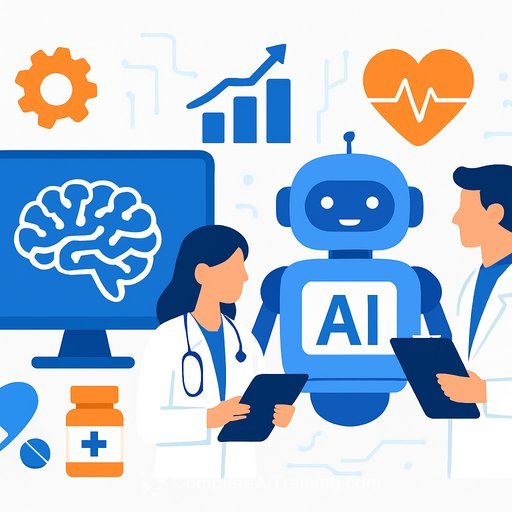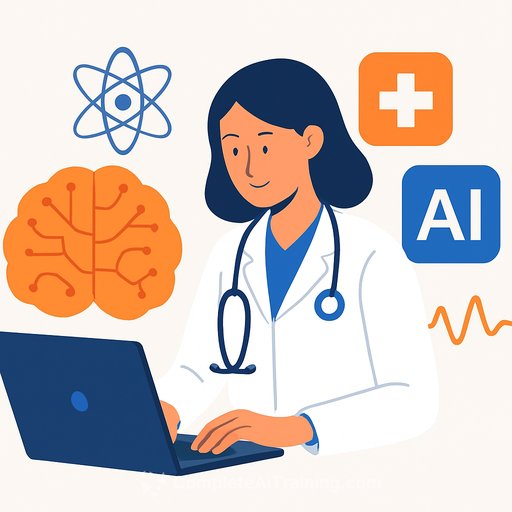Systematic Review of Cost-Effectiveness and Budget Impact of Artificial Intelligence in Healthcare
Artificial Intelligence (AI) continues to make significant strides in healthcare, improving diagnostic accuracy and treatment planning across various specialties. This review examines the economic outcomes of clinical AI interventions, focusing on cost-effectiveness, utility, and budget impact across diverse healthcare settings such as hospitals, primary care, and community clinics.
Economic Evaluation of AI in Healthcare
AI technologies, including machine learning and deep learning, have been widely adopted for predictive analytics, diagnostic support, and personalized medicine. While clinical benefits are well documented, the economic impact requires thorough evaluation to ensure these innovations provide sustainable value within healthcare systems burdened by rising costs.
Economic analyses in healthcare often include full economic evaluations like cost-effectiveness analysis (CEA), cost-utility analysis (CUA), and cost-benefit analysis (CBA), which compare costs and outcomes to assess value for money. Budget impact analysis (BIA), on the other hand, focuses on the financial consequences of adopting new interventions within specific payer budgets without directly measuring clinical outcomes.
Findings from 19 Key Studies
This review synthesizes data from 19 studies published between 2020 and 2024, covering clinical domains such as oncology, cardiology, ophthalmology, infectious diseases, and more. These studies employed various economic methods and perspectives, primarily adopting healthcare system viewpoints, with some considering societal and payer perspectives.
- Most studies included direct medical costs consistently but often underreported indirect costs like productivity losses.
- Approximately 63% used dynamic or semi-dynamic models to better capture AI’s adaptive learning, while others used static models that may overestimate benefits.
- The studies showed generally high reporting quality based on established checklists assessing methodological rigor.
Comparative Economic Outcomes
AI interventions demonstrated improvements in quality-adjusted life years (QALYs), diagnostic yield, and cost savings. For example:
- Machine learning algorithms in atrial fibrillation screening achieved incremental cost-effectiveness ratios (ICERs) well below accepted thresholds, reducing unnecessary screenings.
- AI-driven diabetic retinopathy screening lowered per-patient costs by up to 19.5%, with ICERs as low as $1,100 per QALY.
- AI-assisted dental caries detection improved tooth retention while reducing long-term treatment costs.
- National-level savings of over $200 million were identified in AI-assisted colonoscopy strategies in Japan and the United States.
These examples highlight AI’s potential to enhance clinical outcomes while optimizing resource use.
Key Cost Drivers and Sensitivity Analyses
Four main cost components influence the economic success of AI in healthcare:
- Technology acquisition costs
- Implementation and integration expenses
- Ongoing maintenance and support
- Indirect costs such as avoided complications or productivity changes
Diagnostic accuracy is a critical factor. Small improvements in sensitivity and specificity can translate into significant cost benefits by reducing unnecessary procedures. Integration efficiency and local healthcare financing structures also shape economic outcomes.
Robust sensitivity analyses across studies confirmed the stability of economic benefits within realistic parameter ranges, reinforcing the reliability of these findings.
Economic Impact and Implementation Considerations
While clinical AI interventions often prove cost-effective or cost-saving, outcomes vary by context. For instance, AI in glaucoma screening improved health outcomes but added long-term costs, whereas AI in melanoma and dental caries detection showed clear economic dominance.
Regional cost differences and infrastructure disparities affect access and economic feasibility, highlighting the need for context-specific evaluations. Ensuring equitable access remains a challenge as digital infrastructure varies widely.
Discussion
The review confirms that AI can contribute to better clinical outcomes and healthcare savings by improving diagnostic precision and optimizing workflows. However, economic evaluations sometimes omit important factors such as upfront capital expenditures and ongoing maintenance, which can lead to overly optimistic cost-effectiveness estimates.
Distinguishing between full economic evaluations and budget impact analyses is essential. Full evaluations assess value for money over longer horizons, while budget impact analyses focus on short-term affordability for payers.
Overall, AI interventions show promise for delivering economic value, but decision-makers should carefully consider local cost structures, implementation challenges, and equity implications when adopting these technologies.
For healthcare professionals interested in expanding their knowledge of AI applications and economic evaluations, resources like Complete AI Training offer targeted courses that can deepen understanding and support informed technology adoption.
Your membership also unlocks:

